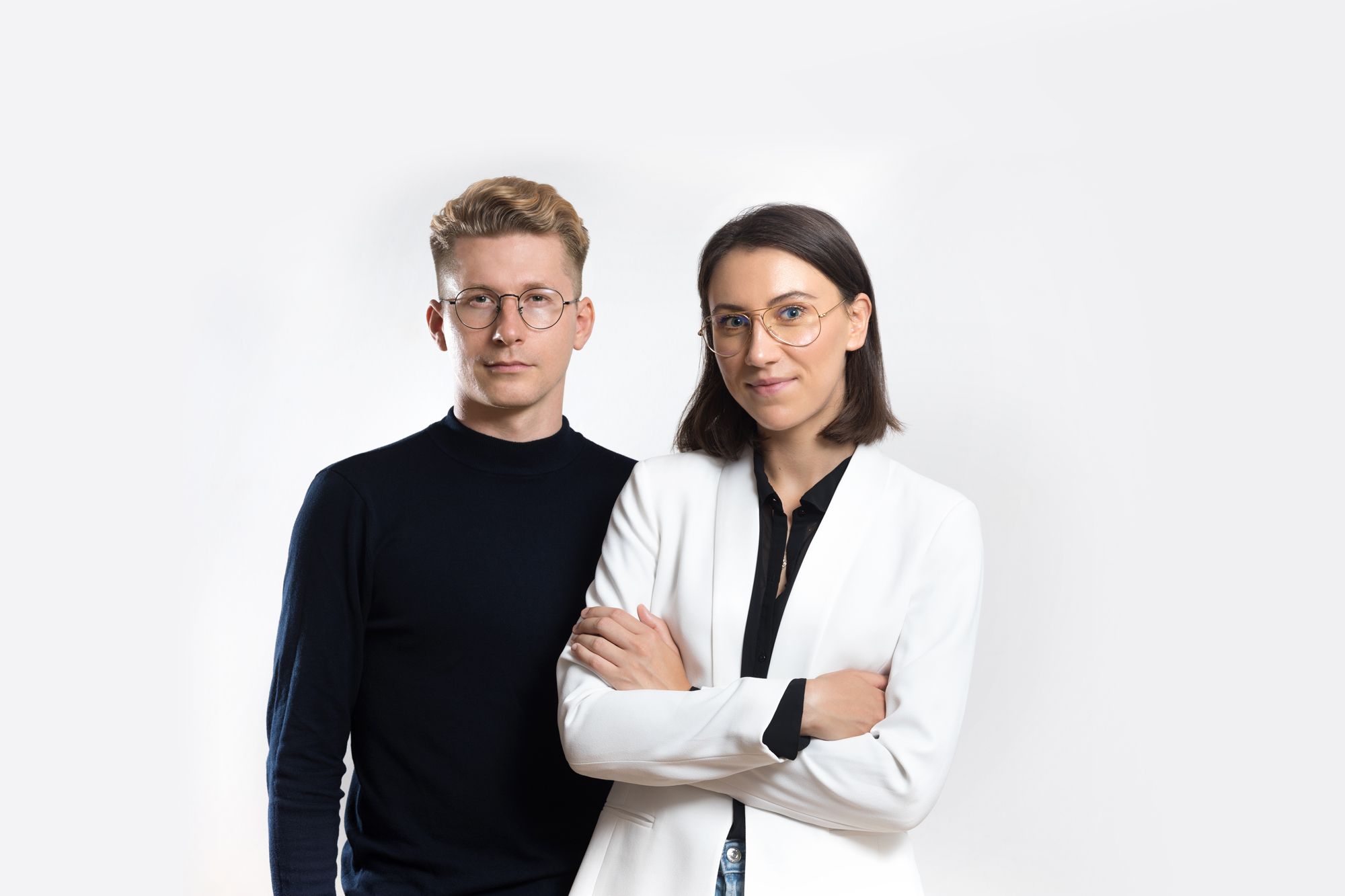They come from different professional backgrounds, and it is exactly this diversity of their expertise that results in truly creative design solutions for their clients. Roland and Cora Peltán-Brósz launched their studio a few years ago and have worked with several Hungarian and international brands since then. We asked the founders of the studio about the beginning, the international opportunities of Hungarian graphic designers and their latest projects.
When did you decide to found a studio and what was the first project you worked on together?
Roland Peltán-Brósz: I had been working as a graphic designer for almost six years when Cora and I met. Both of us received art training—I studied art history and graphic design, while Cora studied ceramics and glass design. We felt that this dual background in art would contribute to the process of designing. This way we do not only design for the clients as graphic designers, but we can look at our projects from a broader perspective and could approach the task from several angles. The first project we did together was the graphic design and product development of Lukács László Vienna’s 2017 winter collection.
According to your website, visual identity, 3D rendering, digital marketing and photography are all in the range of services your studio offers. How are the work processes divided between the two of you and what are your strengths?
Cora Peltán-Brósz: Our role is quite fluid, but I am managing international projects—from communication to providing art direction, making sure everything is on schedule, to making tea and snacks. Because of my previous experience working in two industrial facilities, I understood how important optimization is, so my focus was to create a trustworthy image and communication process in order to establish healthy relationships with our international clients. Oftentimes working in the creative field has disadvantages since it can be very relative, especially from a clients’ point of view. From 2018 we collaborate with a lawyer that helps keep everything transparent and smooth.
Roland Peltán-Brósz: We offer quite a wide range of services, and in certain cases we also work with other Hungarian creatives. Fundamentally the two of us form the core of the studio, and we are in a very close relationship with our clients. In the course of our work, Cora represents the more experimental and artistic side, while I am very analytic and conceptual. We have strived to use this as an advantage and to complement each other in our work from the very beginning.
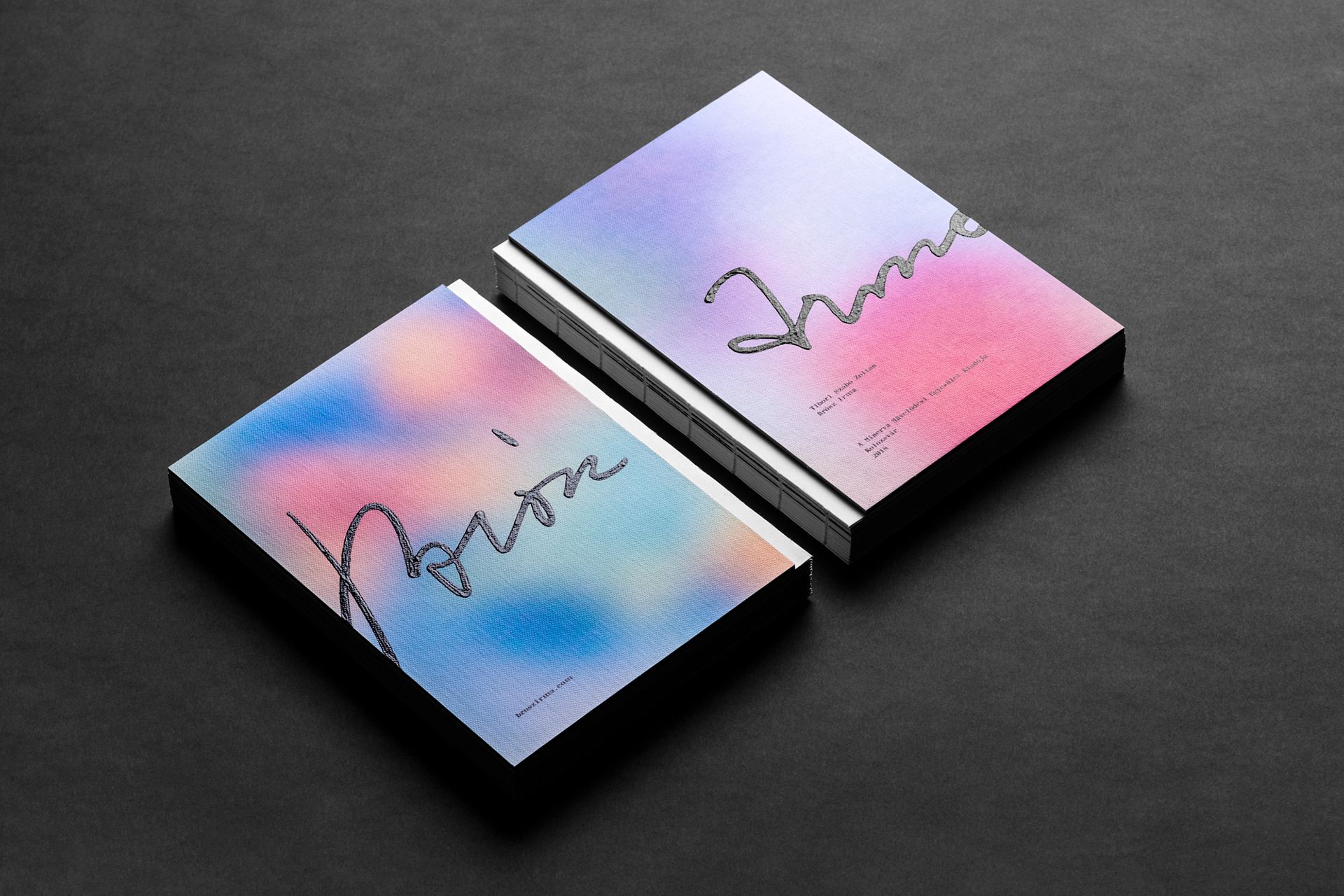
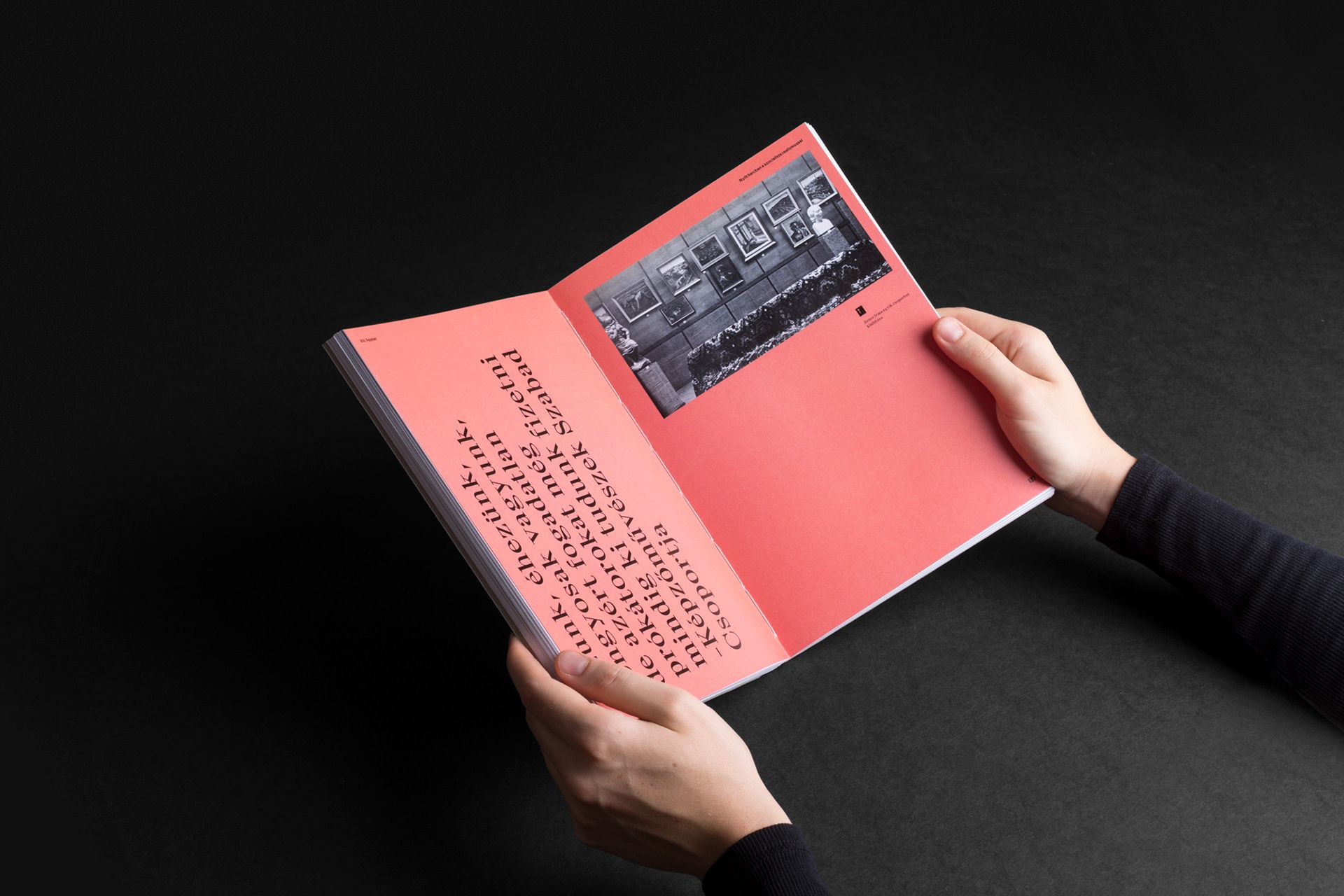
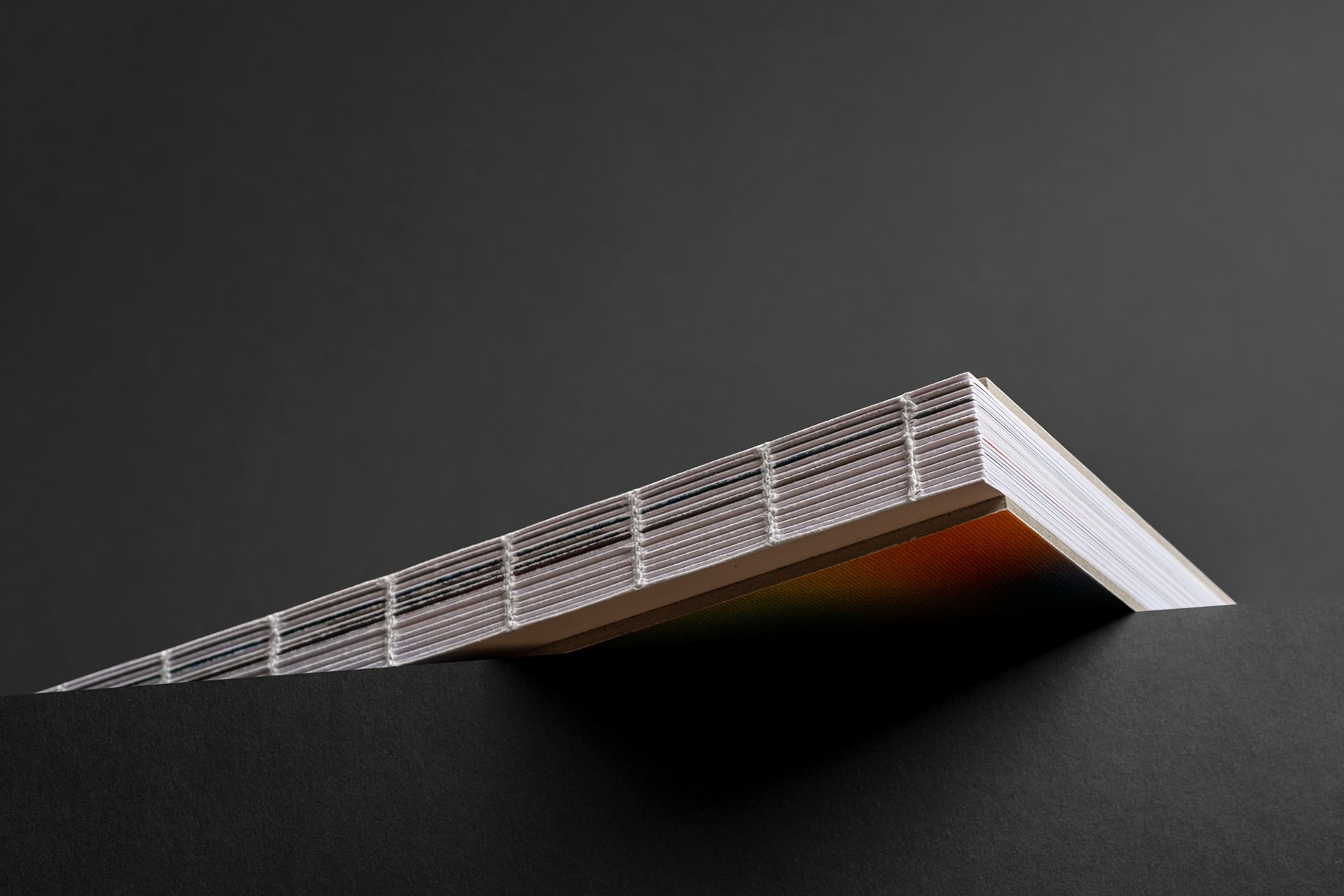
How would you describe your studio’s creative perspective and style?
Cora Peltán-Brósz: Roland and I have a diverse professional background, a very different creative energy and these aspects are all mixed in our approach towards the creative process that leads to a final product. We believe that our work is like an inherited family object that lingers for generations—it has a sensible aesthetic that is not pinned down to any trend, but it is always beautiful to look at, to touch. The best assurance that we are doing a good job is seeing our collaborators prosper over the years.
Roland Peltán-Brósz: I don’t think there is a single style that dominates every project we do: there is no pre-set color palette or font that we apply in all cases. We design in a manner customized to the client in every case, we specifically seek answers to their problems. We often meet clients who build their brands around their personality. Our work is characterized by accentuating the human aspect, looking for unique solutions in every situation, minimalist elegance and clearing away everything that is not necessary. I think this what all our projects have in common.
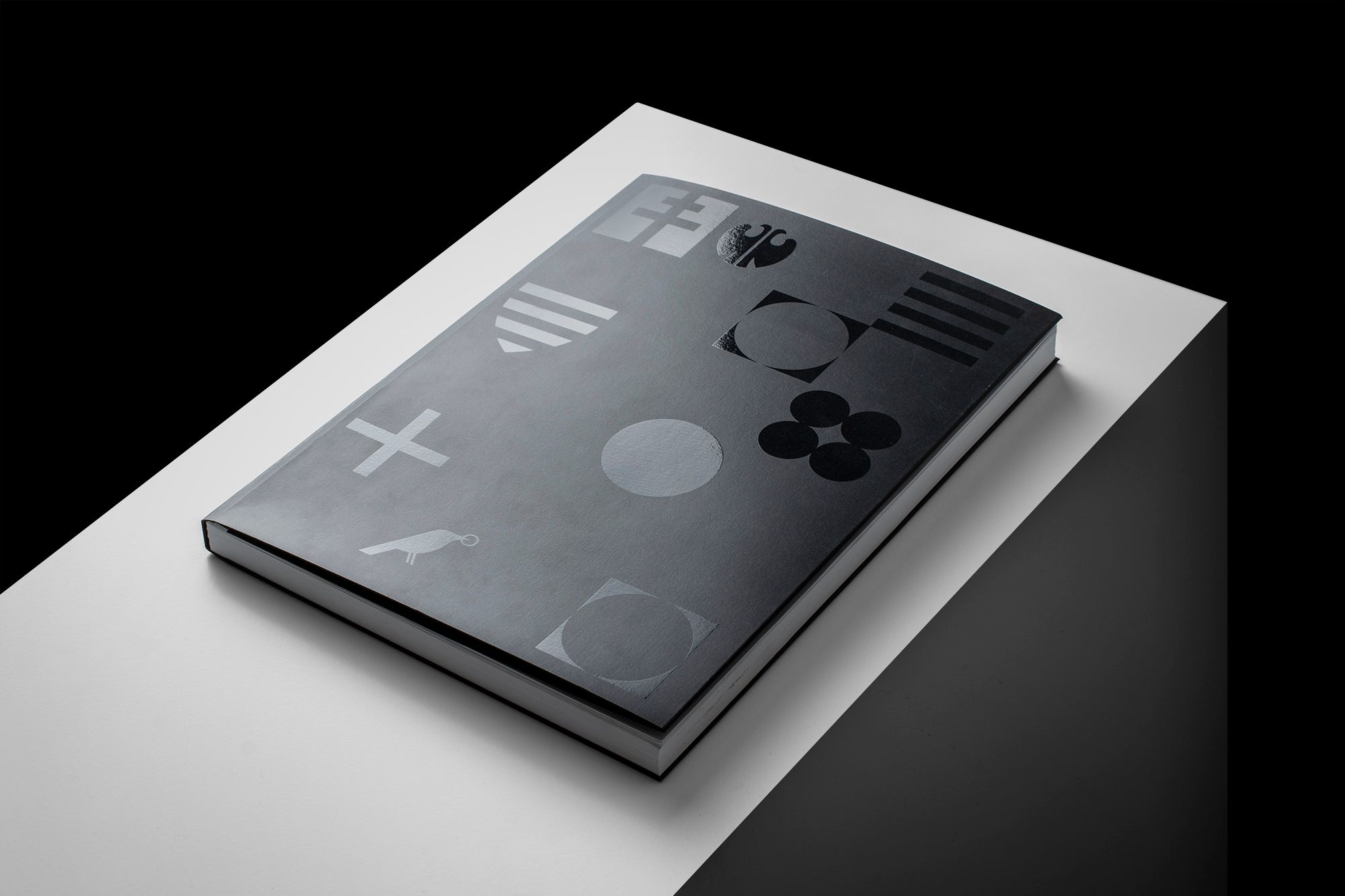
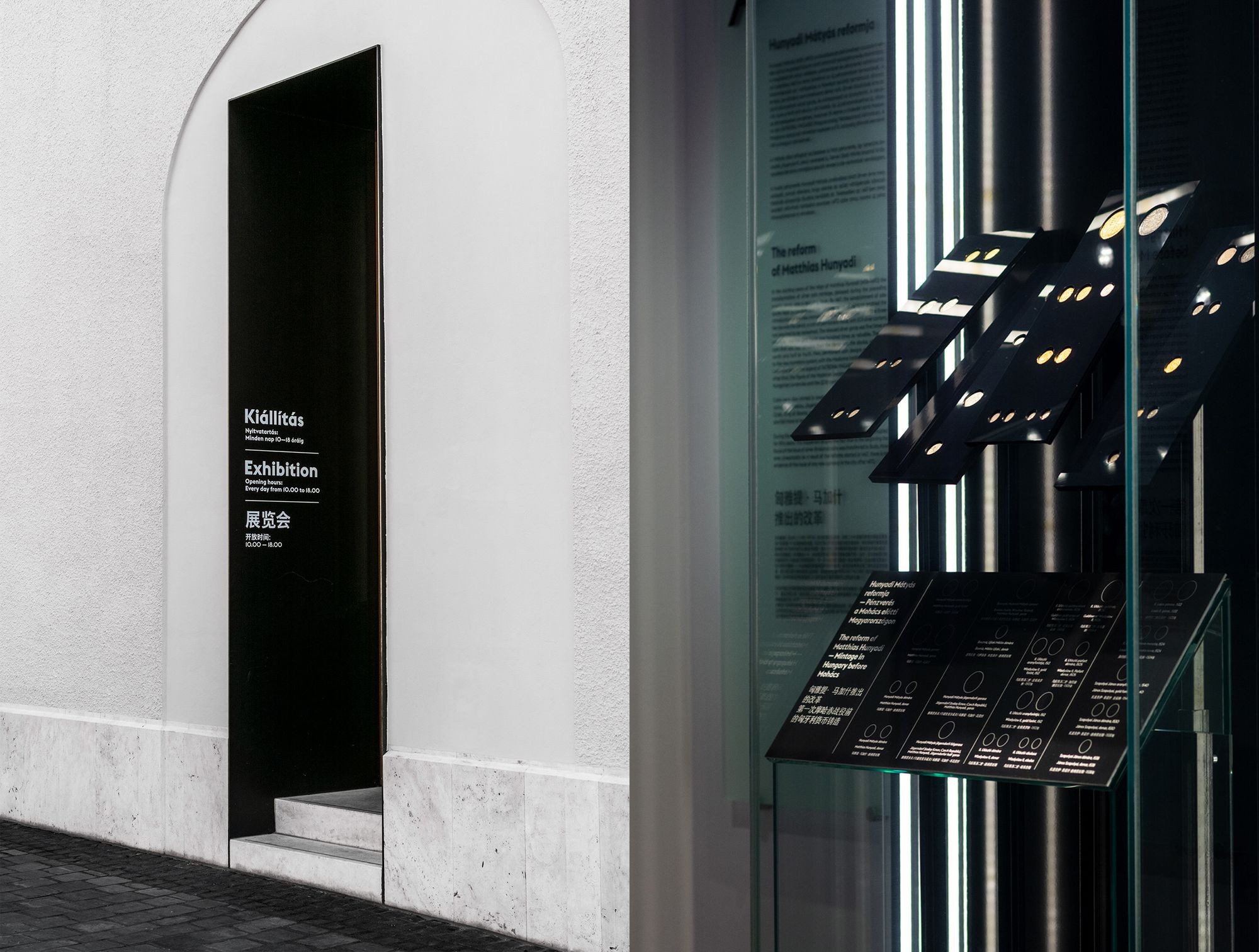

You have worked on an artist monograph, designed packagings for cosmetics products and clothing items, but you have also designed a visual identity for an exhibition and even for an access control firm. What do you think is the sector or profile that allows you to reach your full potential?
Cora Peltán-Brósz: Collaborating with genuine businesses regarding their field of activity (except the evil ones) is the best. Over the years, the start-up boom led many unnecessary brands to be born and then die quickly just because there was no real interest behind them. As creatives, we feel that we have a responsibility in this whole thing, that’s why now we choose what projects we work on.
Roland Peltán-Brósz: In recent years, we have dived into the world of fashion and cosmetics, but we don’t really have a favorite sector. I enjoy it the most if we can work in all kinds of sectors. I am interested in everything from serum packaging to access control, from gas station to the visual identity of a travel agency, it’s good to gain an insight into as many sectors as possible and to get to know people with different personality who aren’t afraid of bold choices.
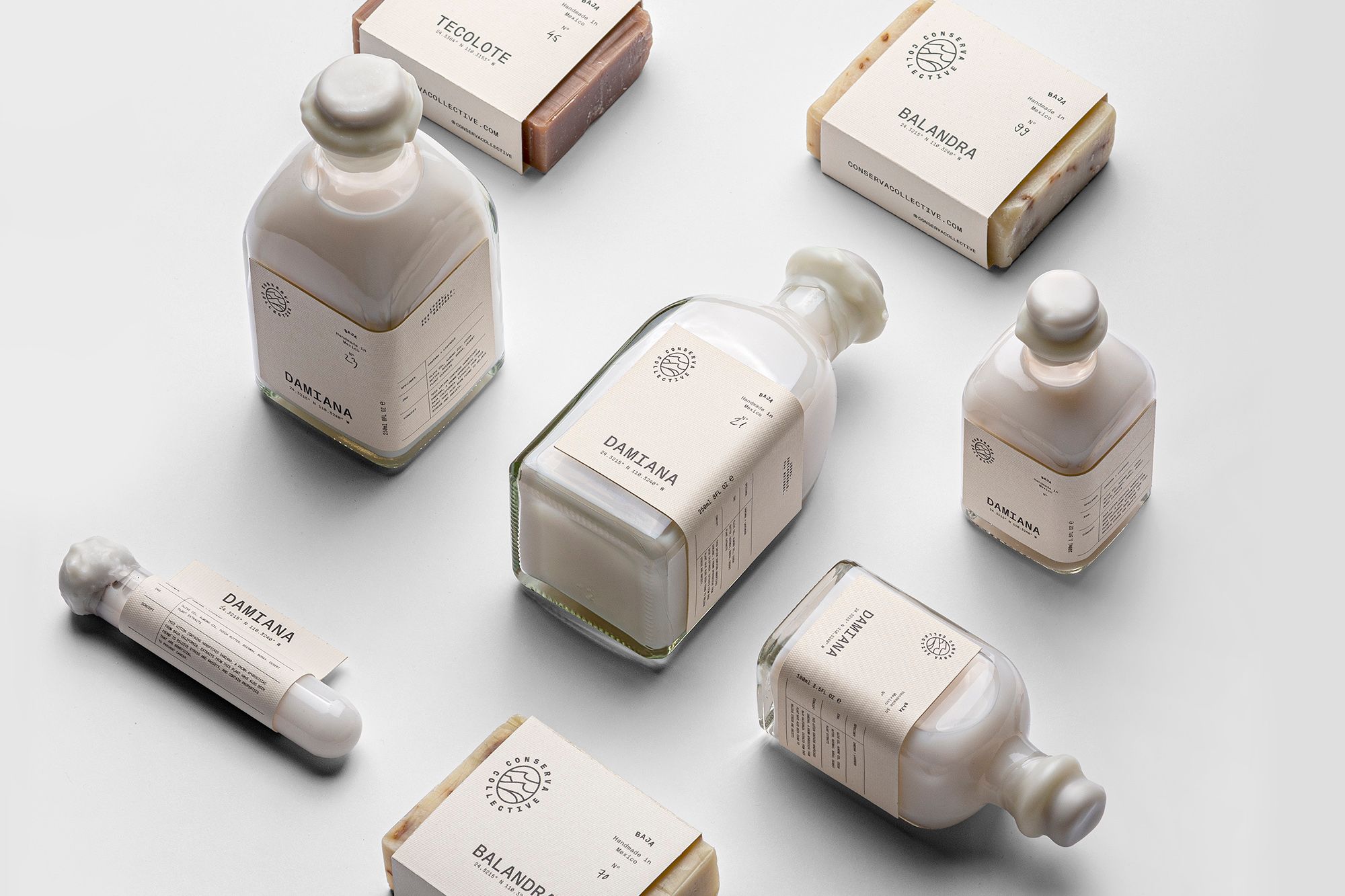
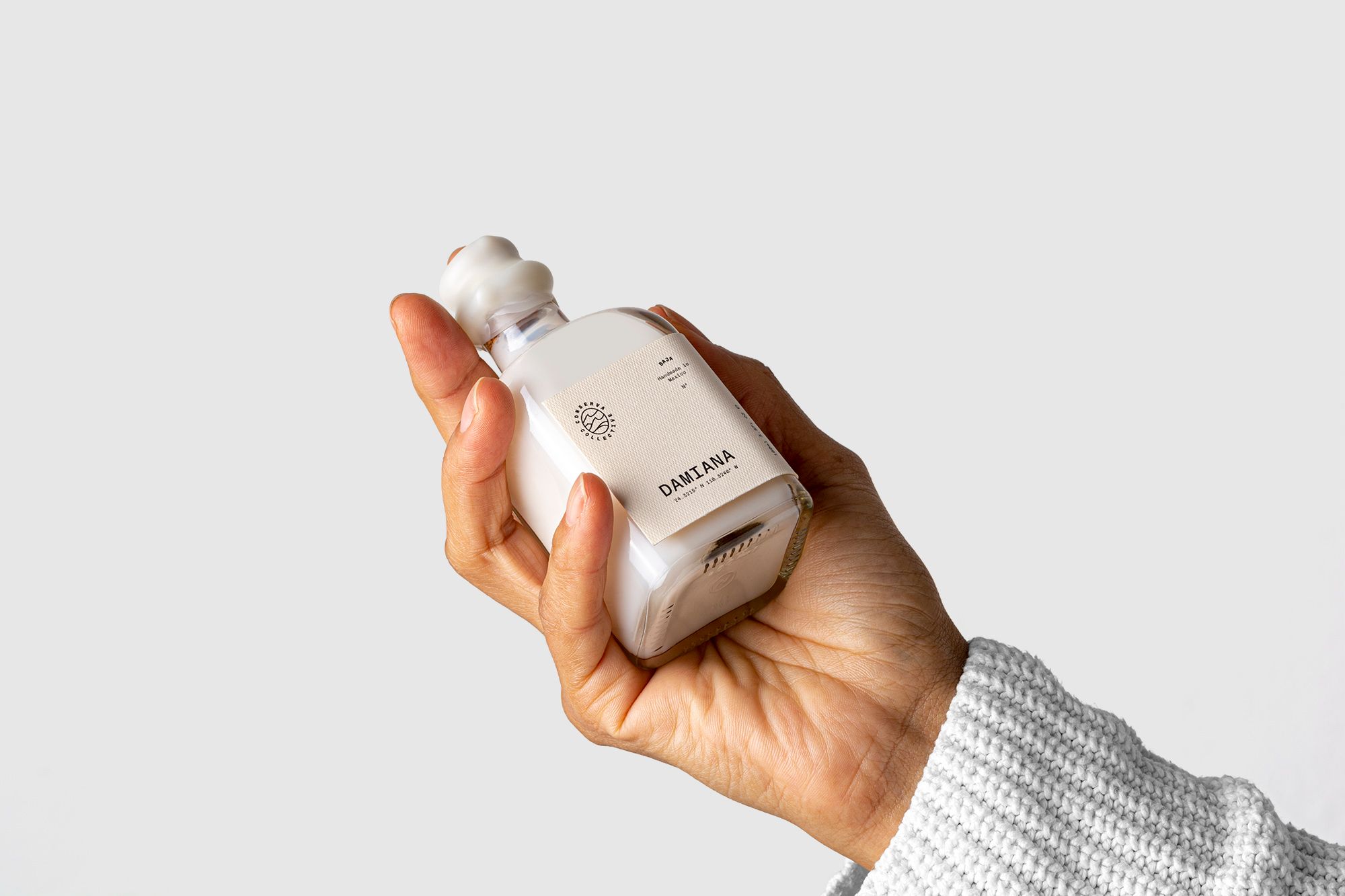


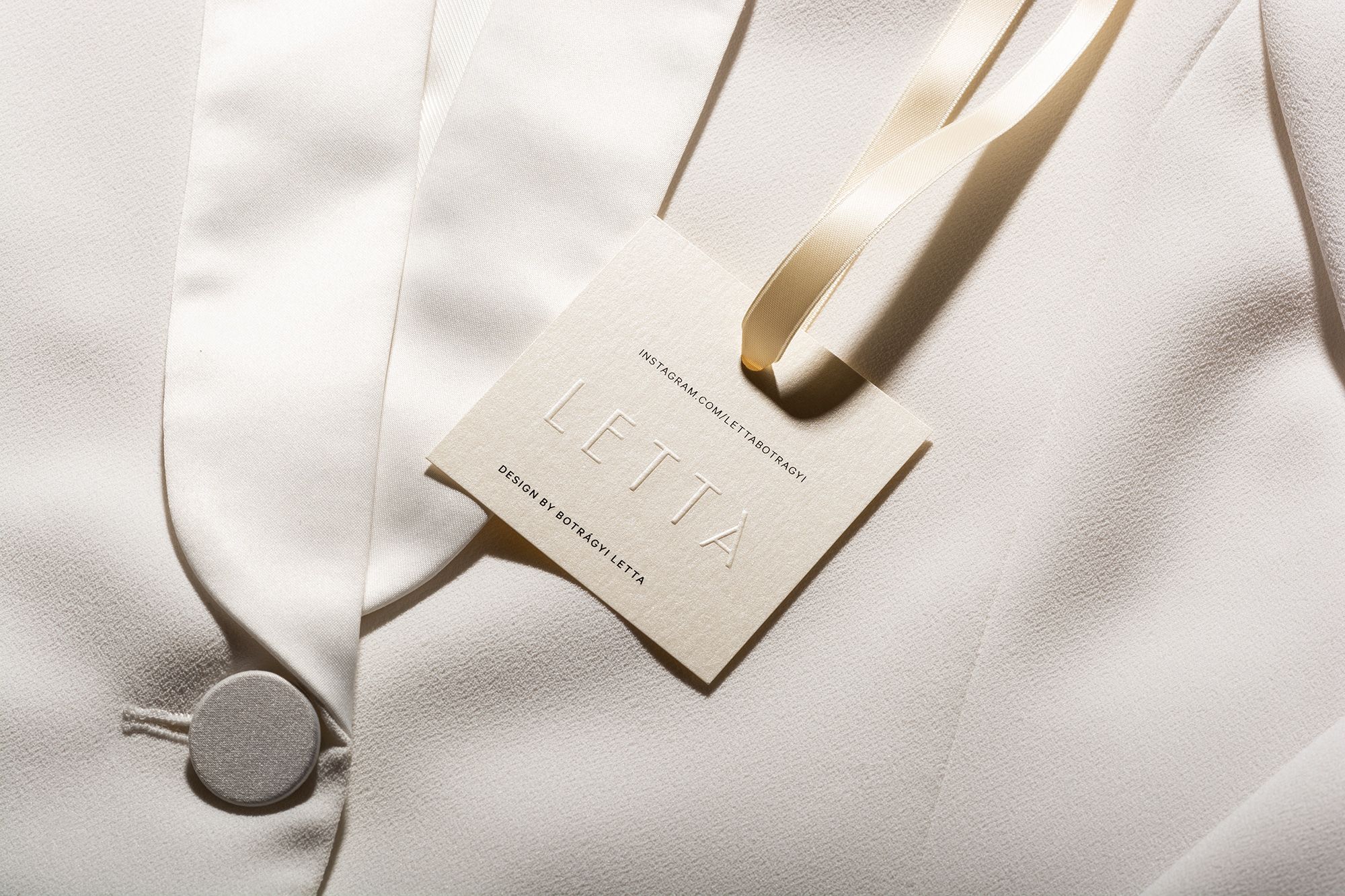
You often work with foreign clients and brands. How do they find you?
Roland Peltán-Brósz: We acquire the majority of our clients based on our portfolio—we have already understood it at the beginning that we needed to build a strong portfolio that stands out also on an international level.
Cora Peltán-Brósz: Most of our inquiries come from the internet, but we were amazed to find out that people and brands from totally different continents got recommendations from former clients. We have a multiethnic “magnet” that apparently is a conversation starter: my family is Romanian, Armenian, German-Hungarian, and Polish and Roland comes from a long line of German-Hungarian and Italian-French families.
What do you think of the opportunities of Hungarian designers working on an international level?
Cora Peltán-Brósz: Hungarian designers are very solid on the worldwide design map, so the opportunities are great, you don’t have to be in London to get international commissions.
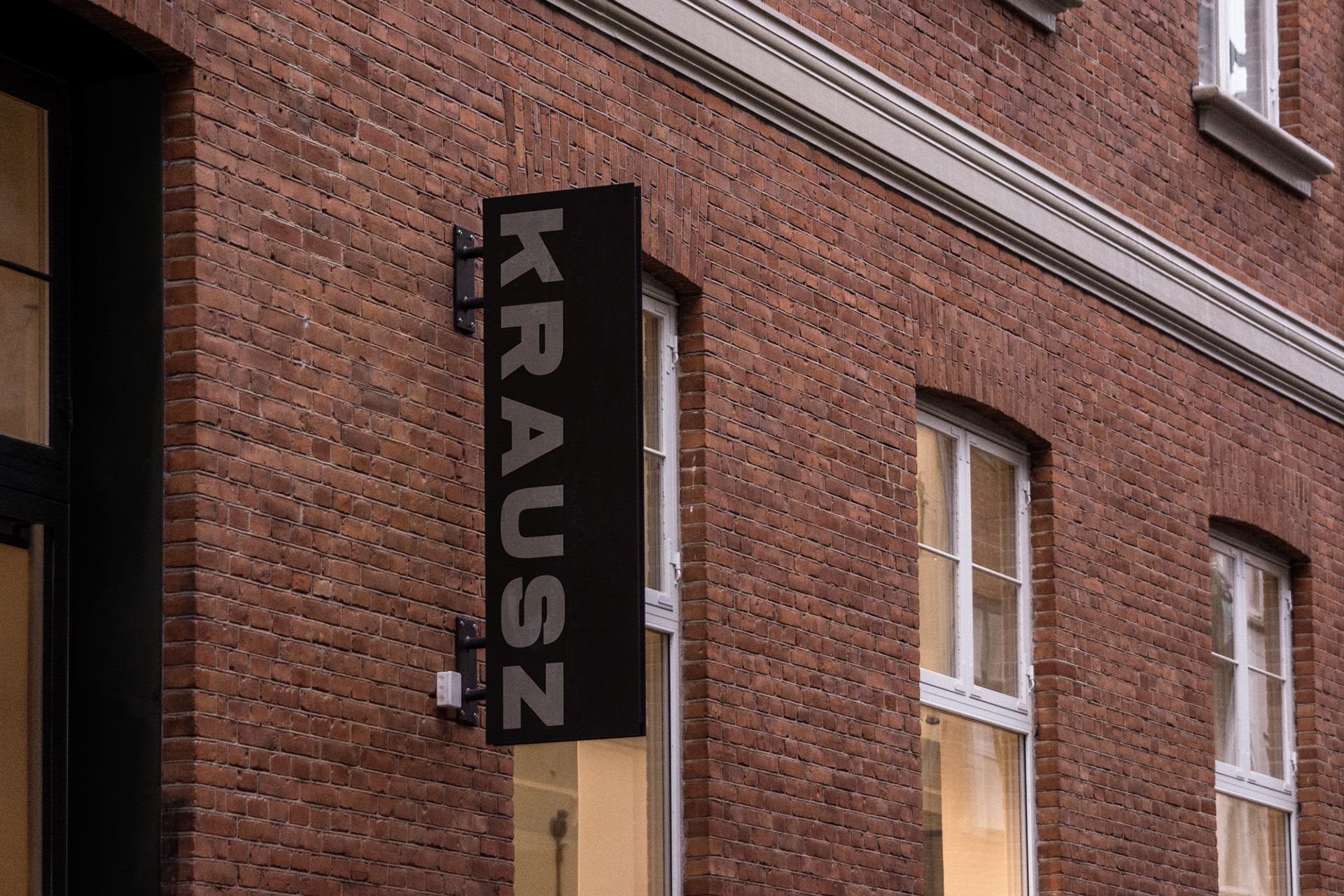
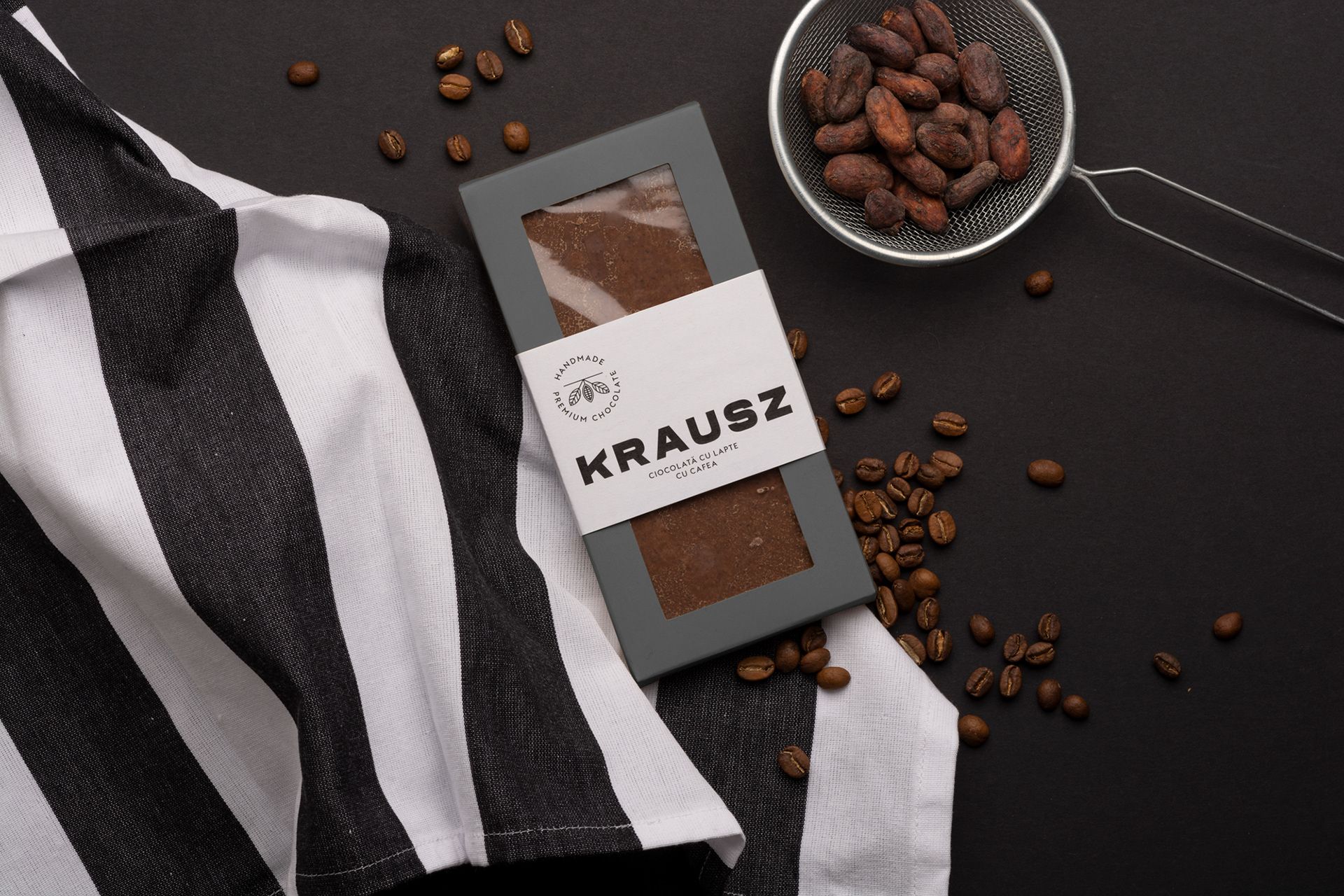
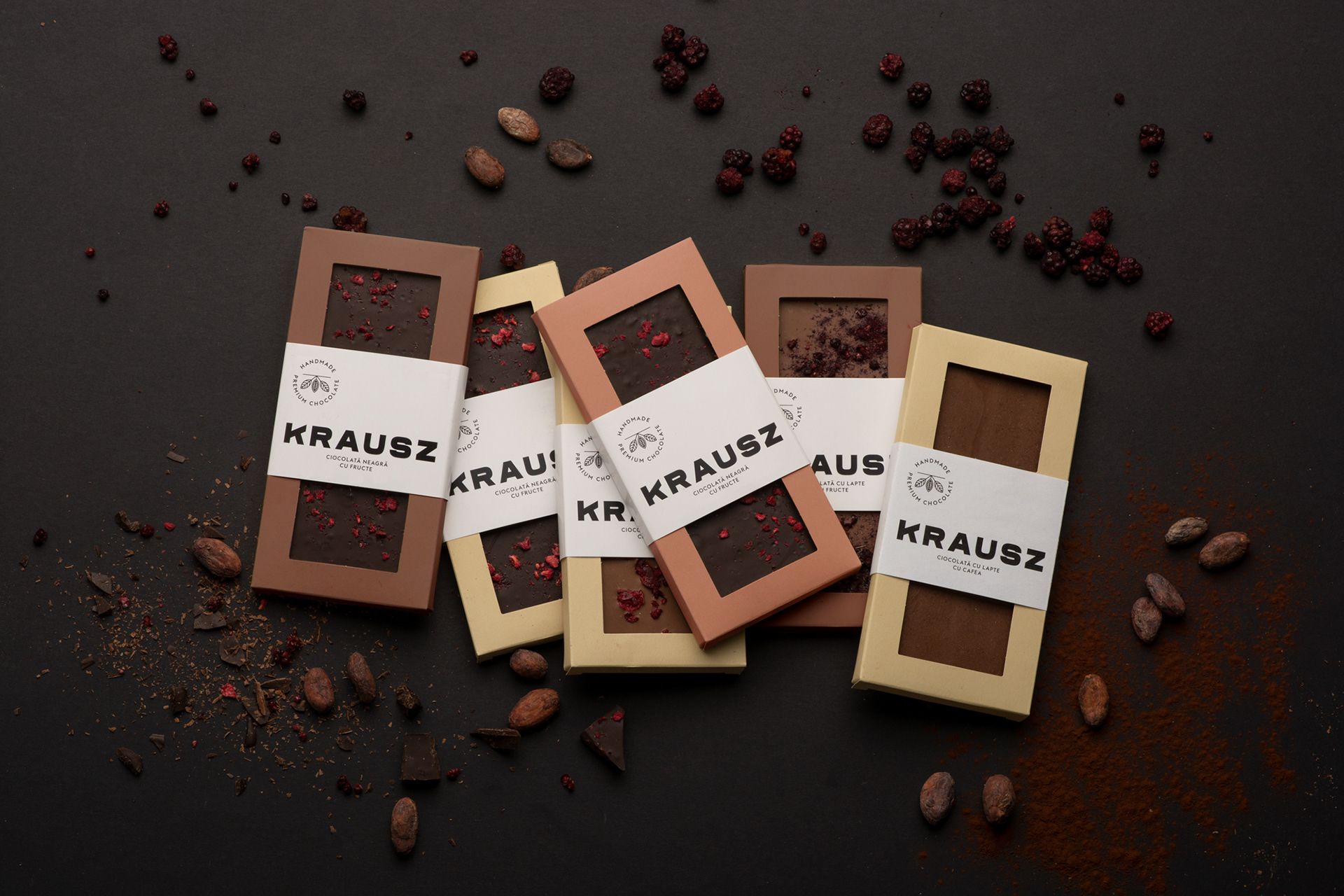
Which were the most interesting or professionally most challenging projects you have done so far?
Cora Peltán-Brósz: Recently we had the chance to do a full branding project for an independent gas station here in Hungary. The client decided to move away from the OIL! group franchise and open a private station and restaurant near Nagykanizsa. The station is a super busy spot as it’s located en-route to the Hungarian-Croatian border and the new look attracts even more transit. It was very refreshing to have the opportunity to work on this project, as there was a lot of room for creativity.
Roland Peltán-Brósz: In addition we are also very close to the clients with whom we have been working on a daily basis for years now, including Rawganique (since 2014) and access control company Yli (since 2011), amongst many others.
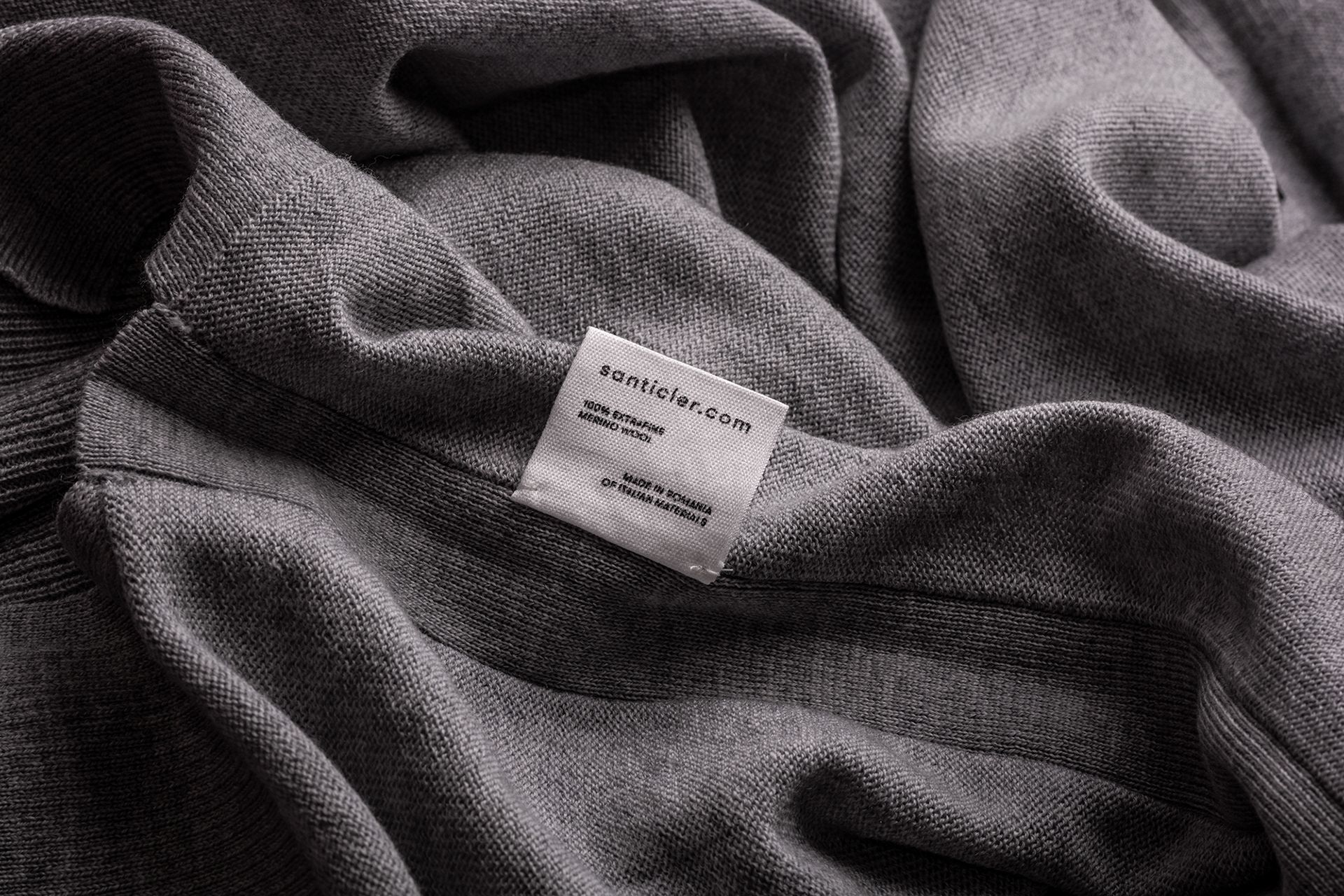
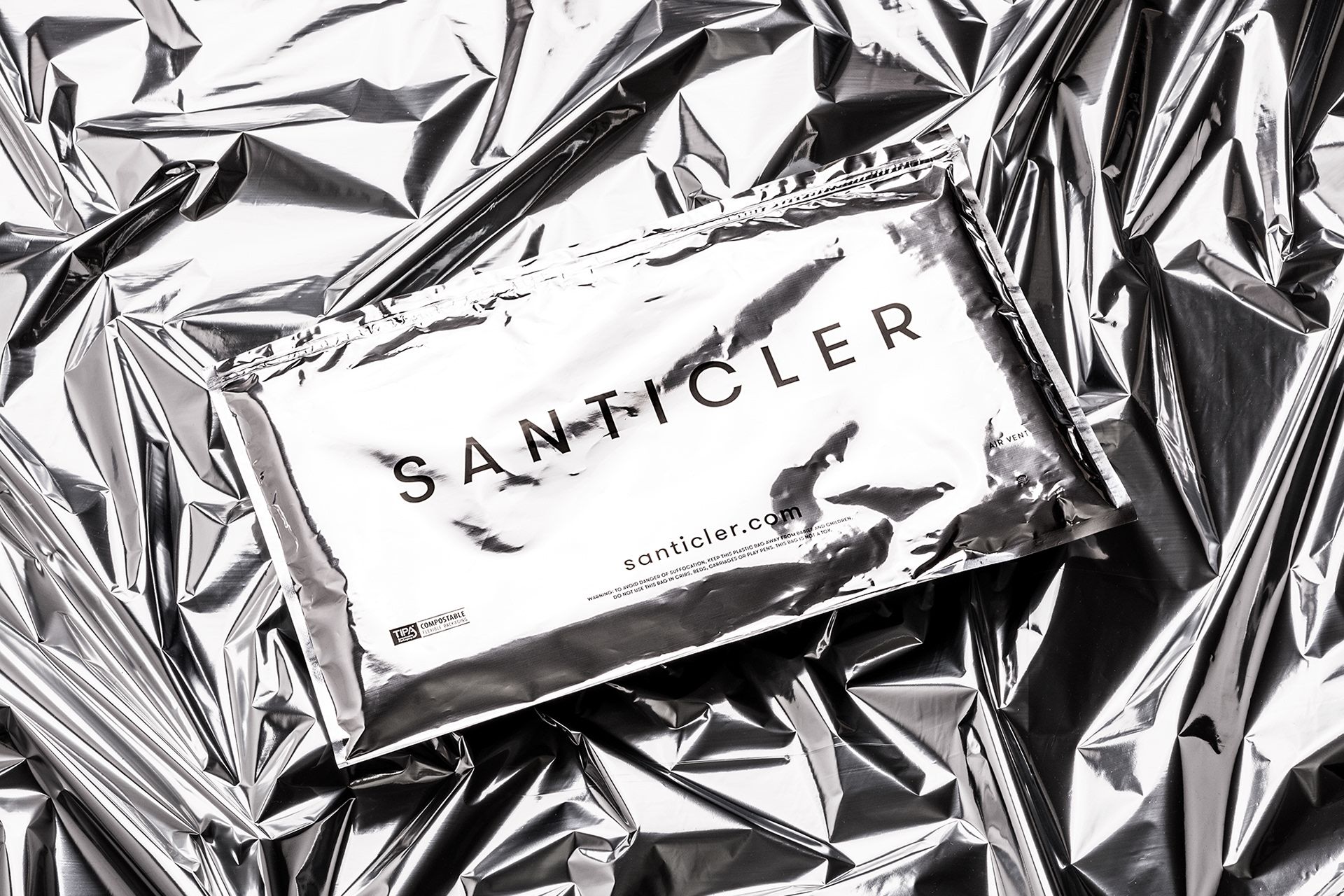

What new projects are you working on at the moment?
Cora Peltán-Brósz: We are currently working together with Heonlab on the Museum of Kazinczy Street Synagogue in Miskolc and a museum dedicated to Yitzchak Isaac Taub Rabbi in Nagykálló. We had the chance to travel a bit and learn a lot about such a beautiful culture.
Roland Peltán-Brósz: Besides these, we also worked with a number of companies combining organic or recycled elements, but there are also many startups established in response to the climate change with an intention to help slow it down. I hope there will be even more in the future, and I am happy that it is in the interest of more and more people that we create a cleaner and healthier future.
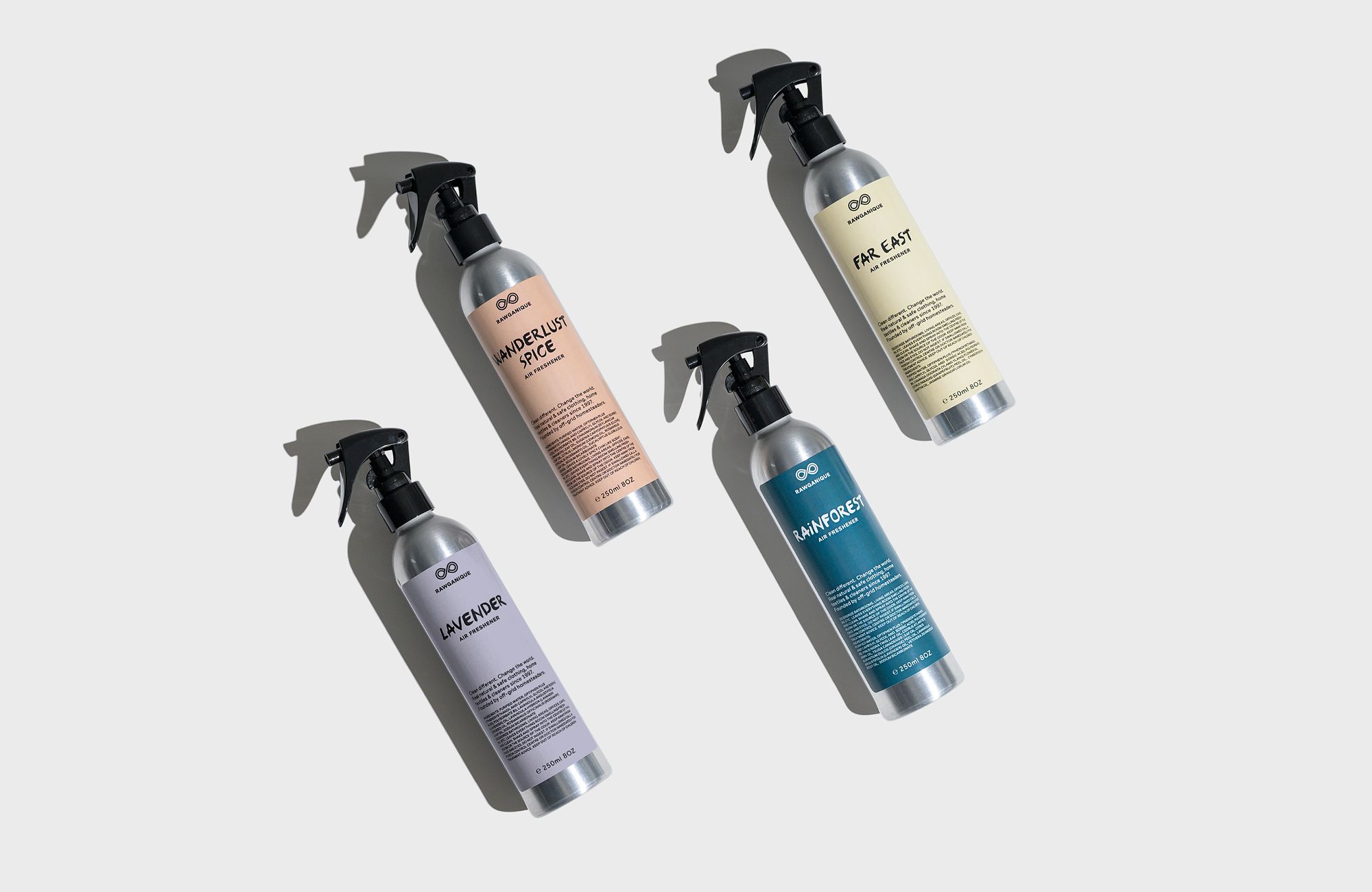
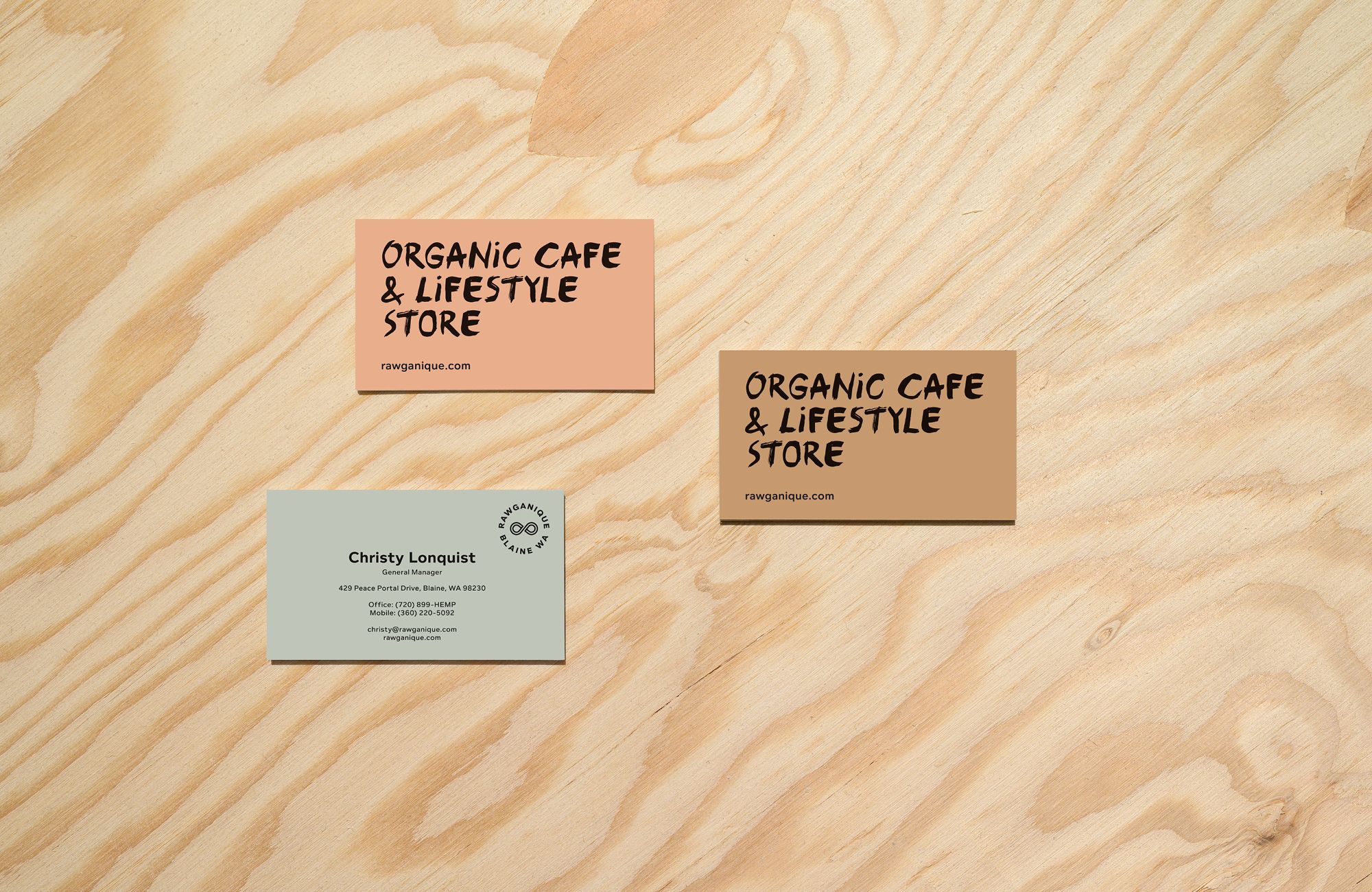


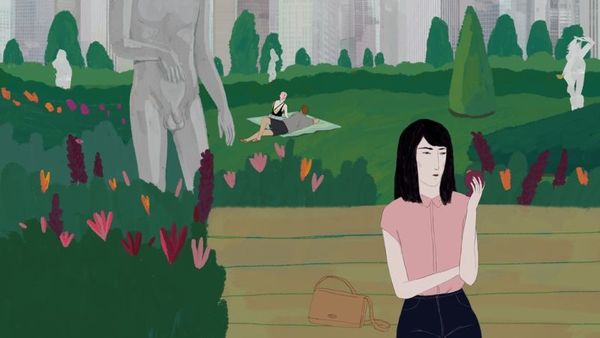
Watch the Oscar contender Hungarian animated short film
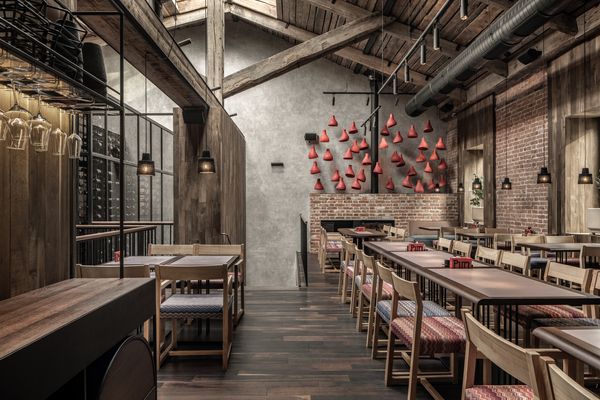
Georgian culinary journey | YOD Group










